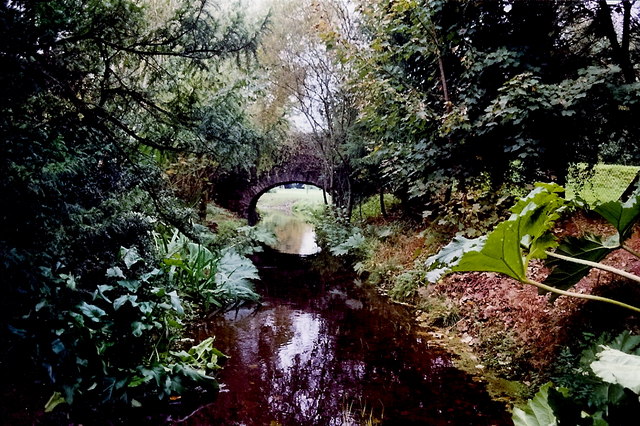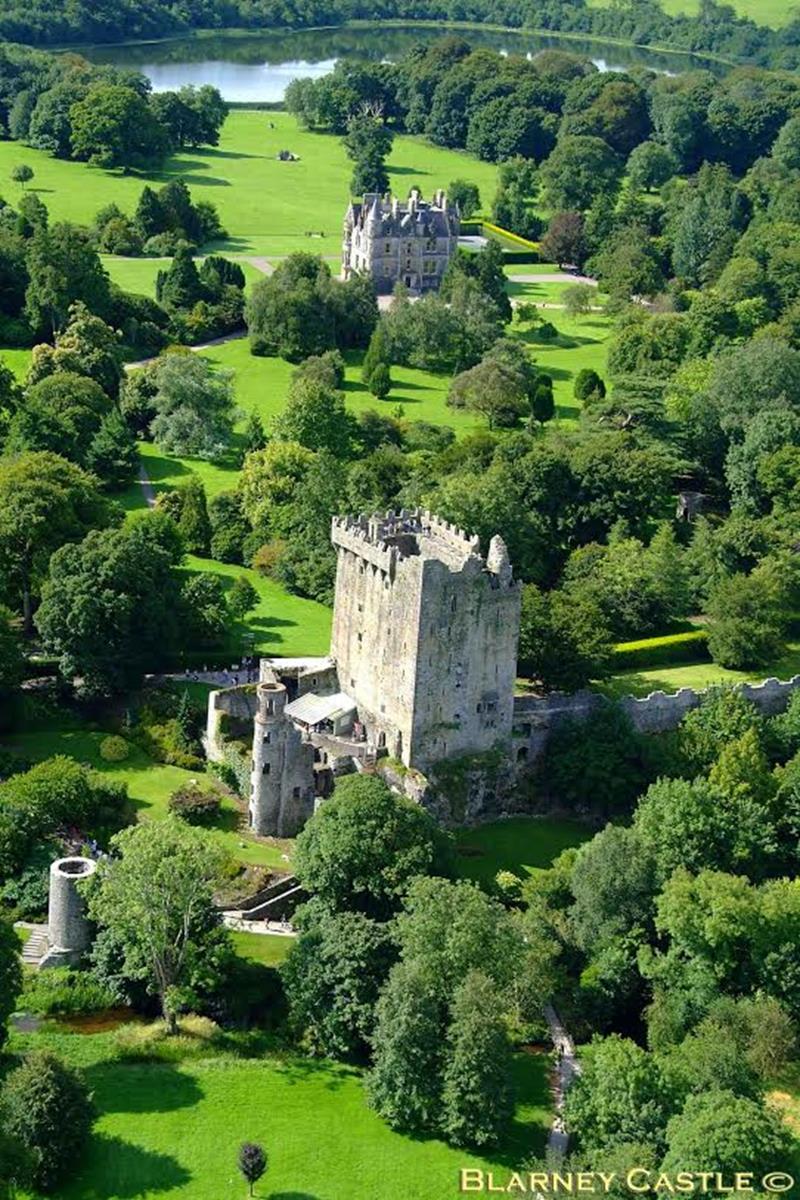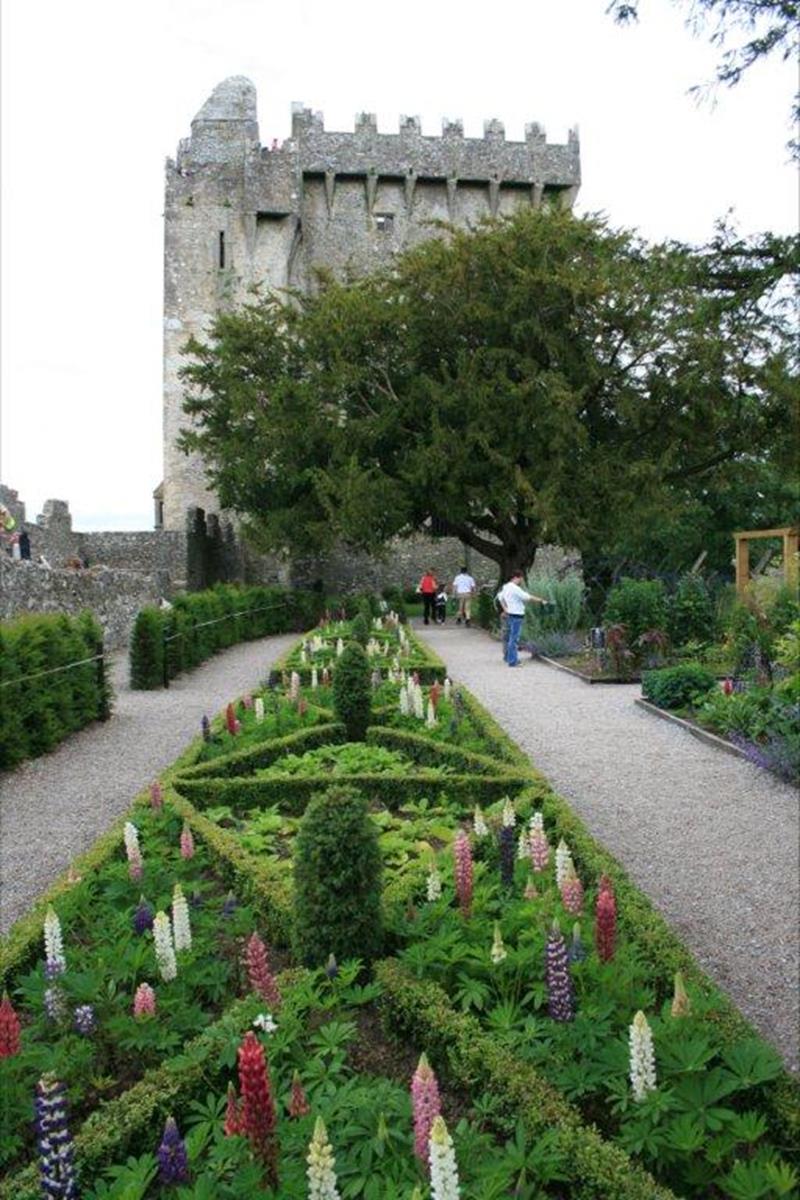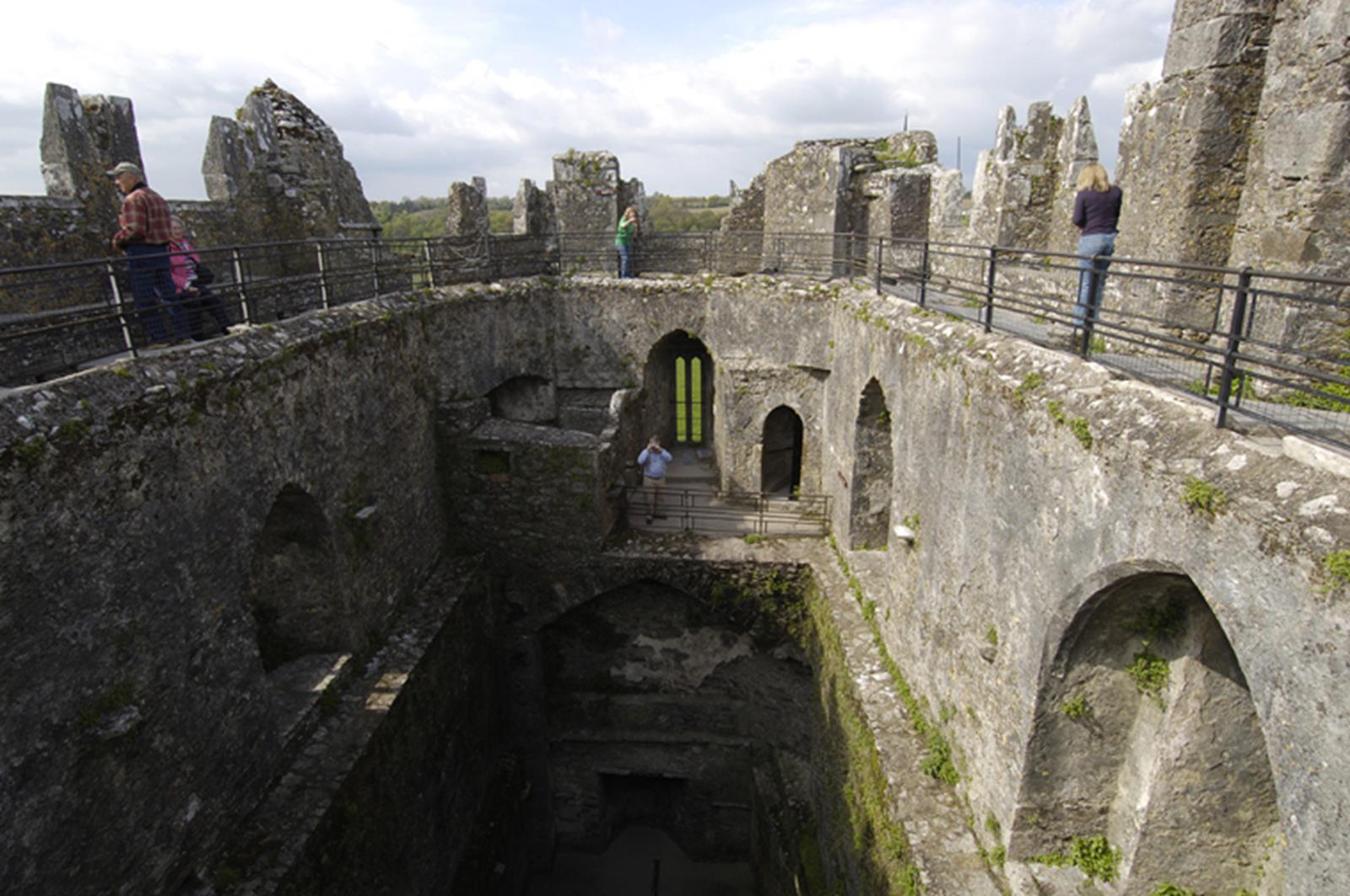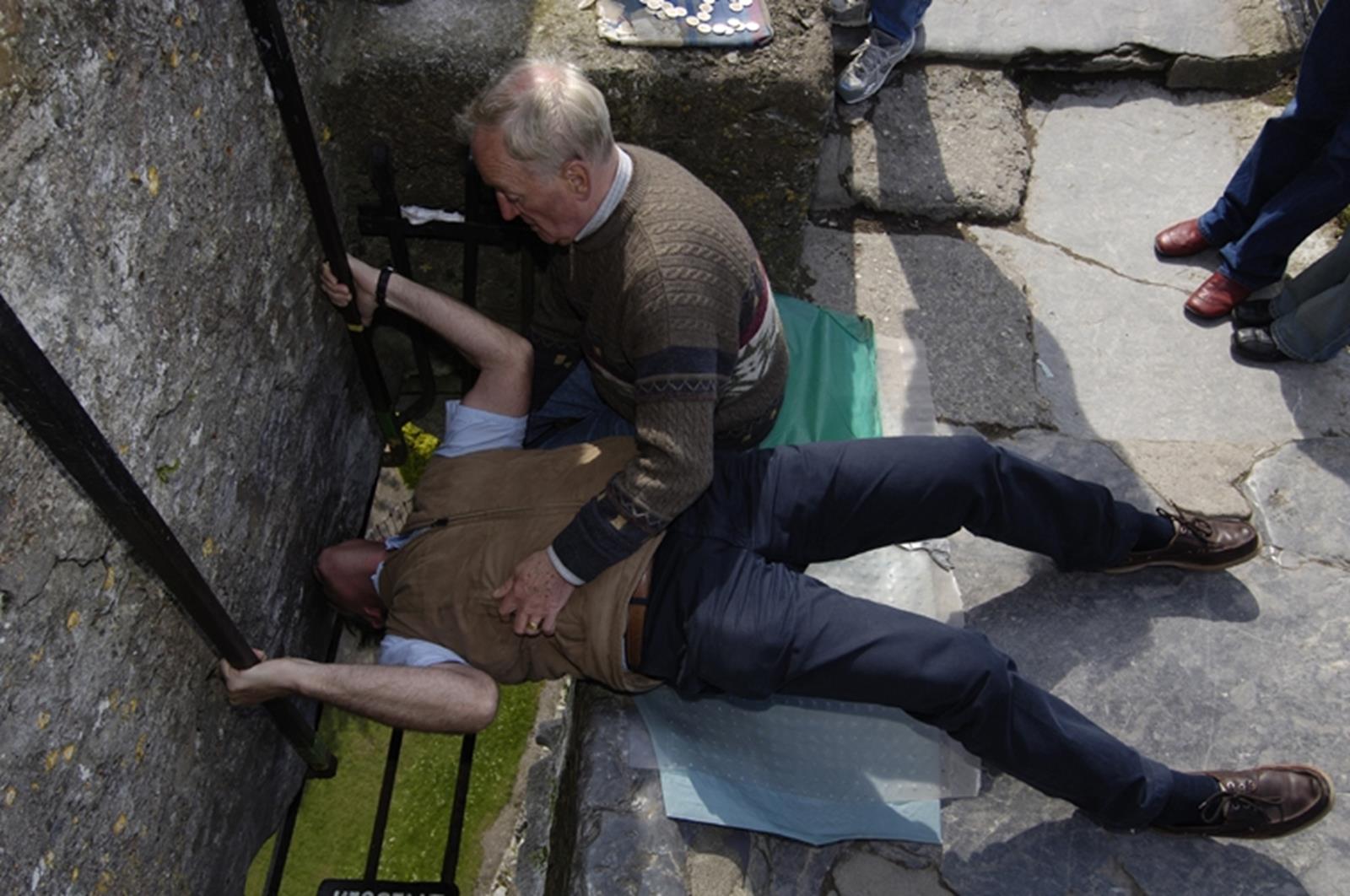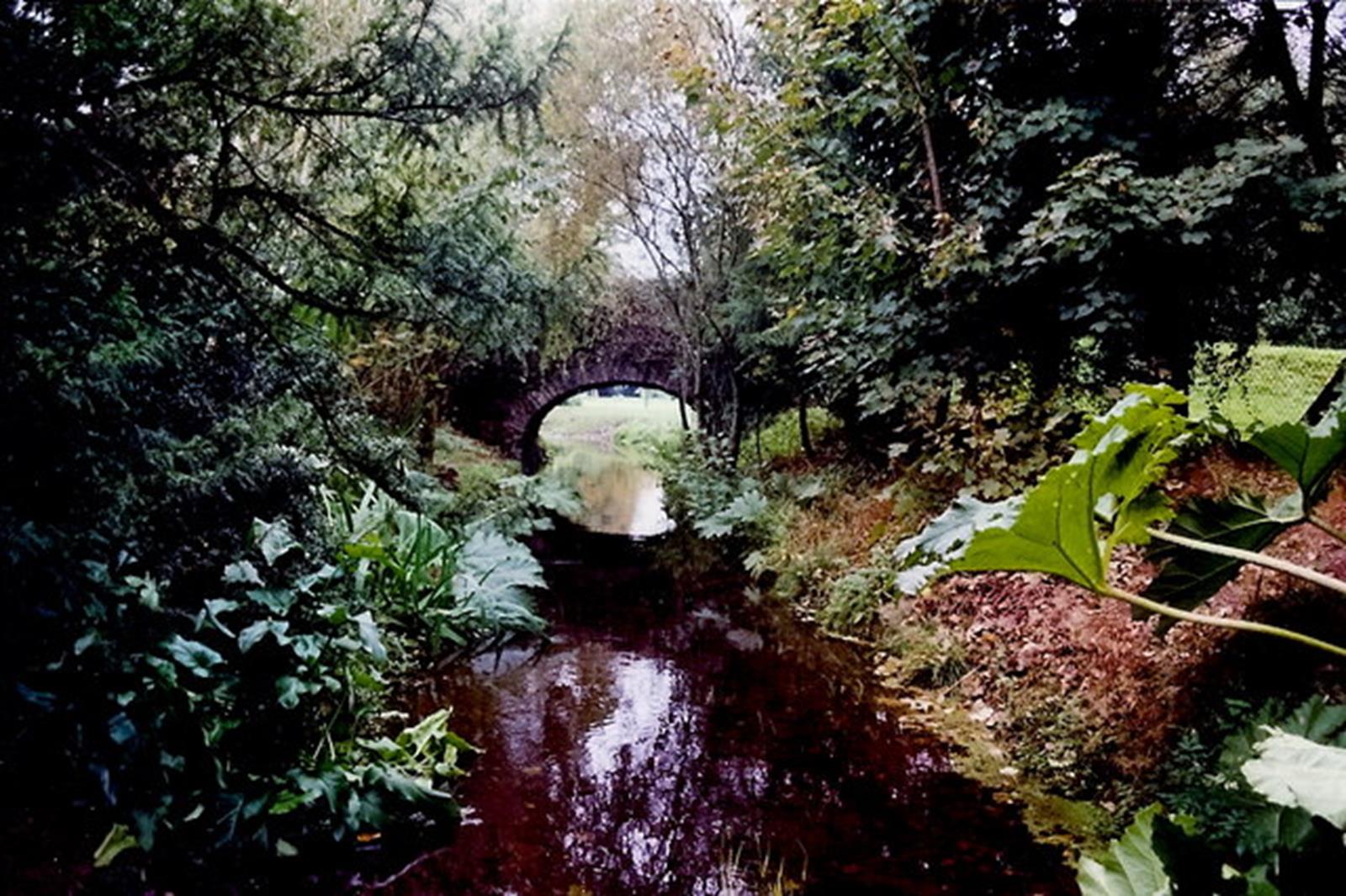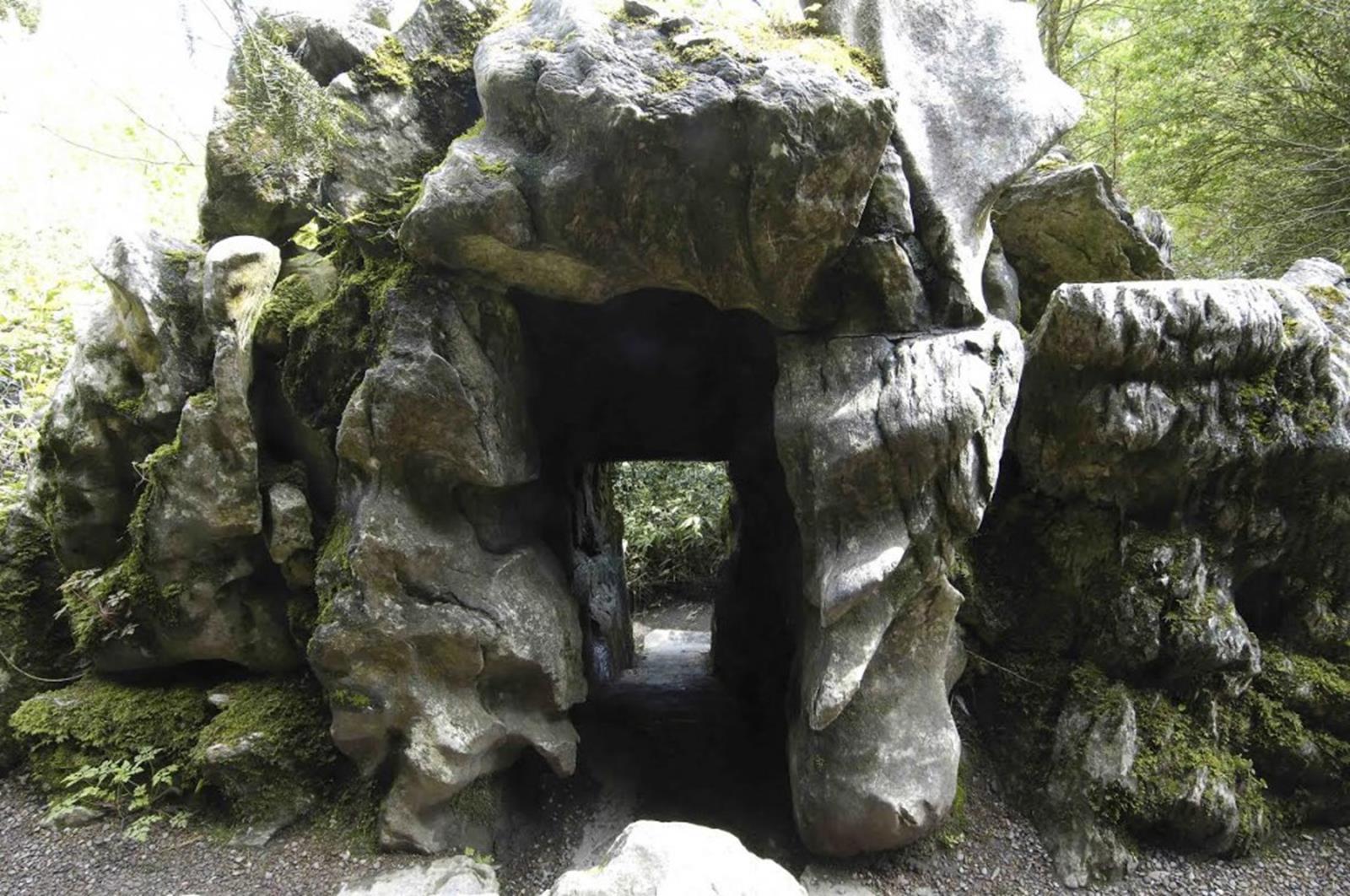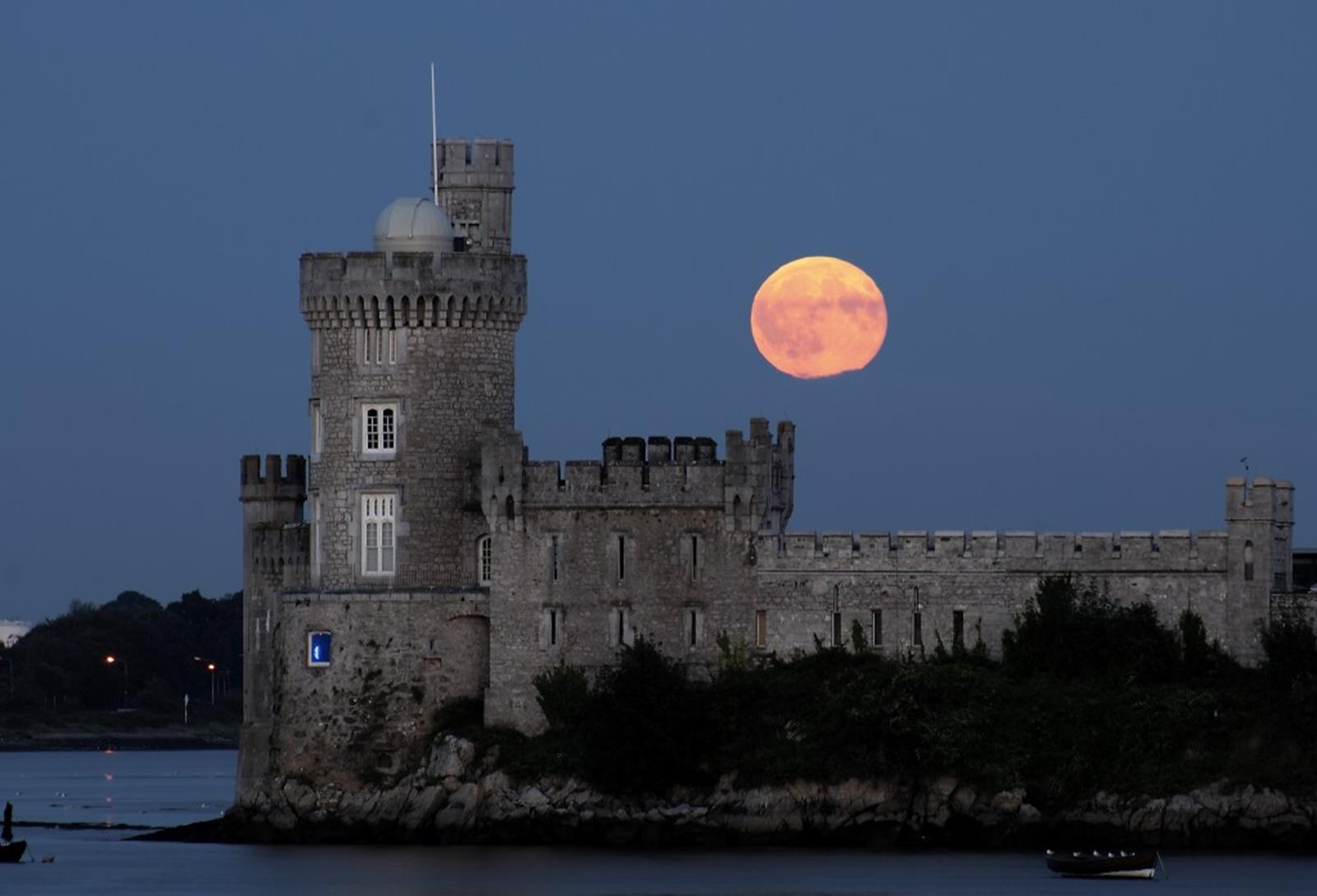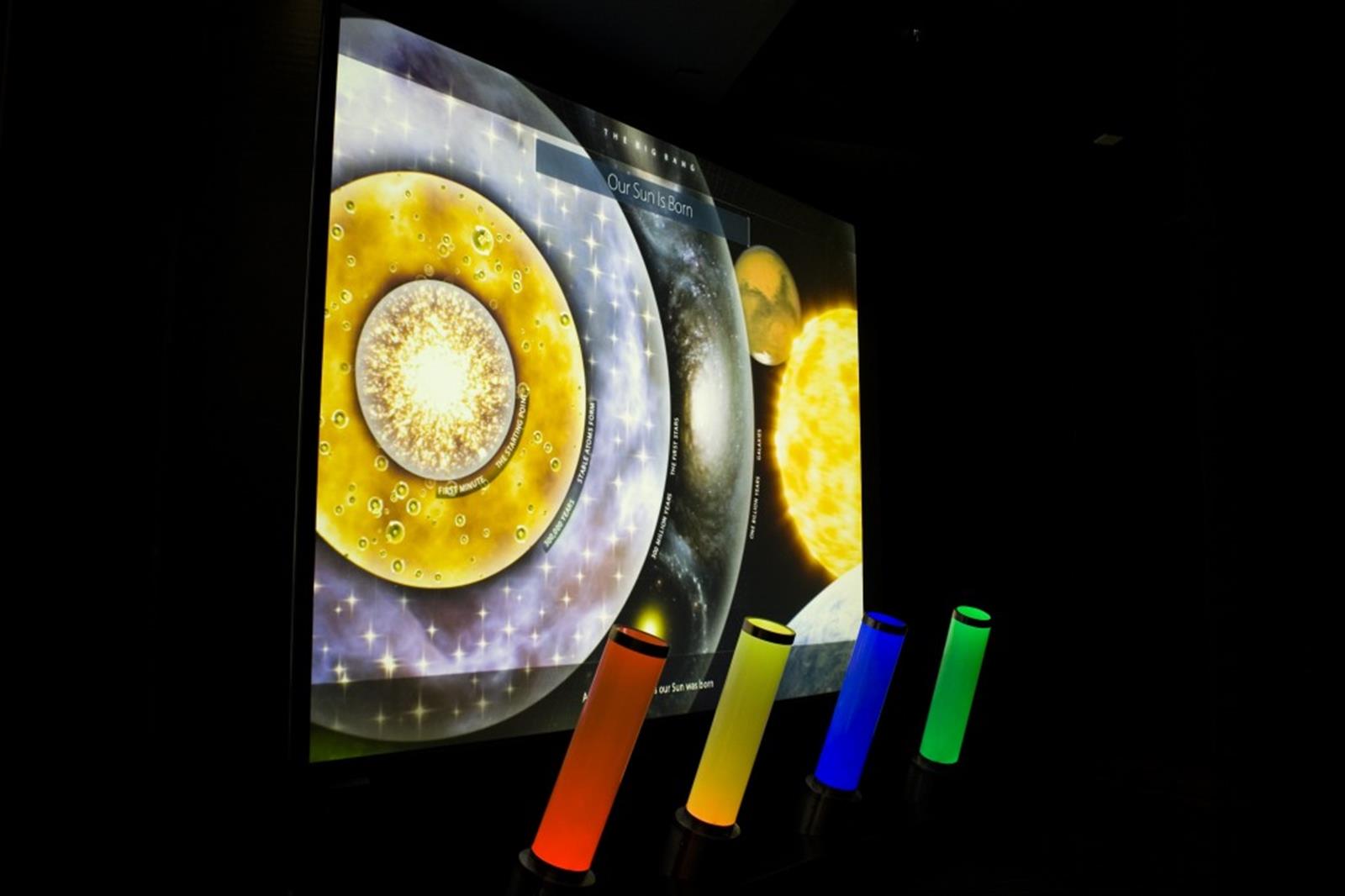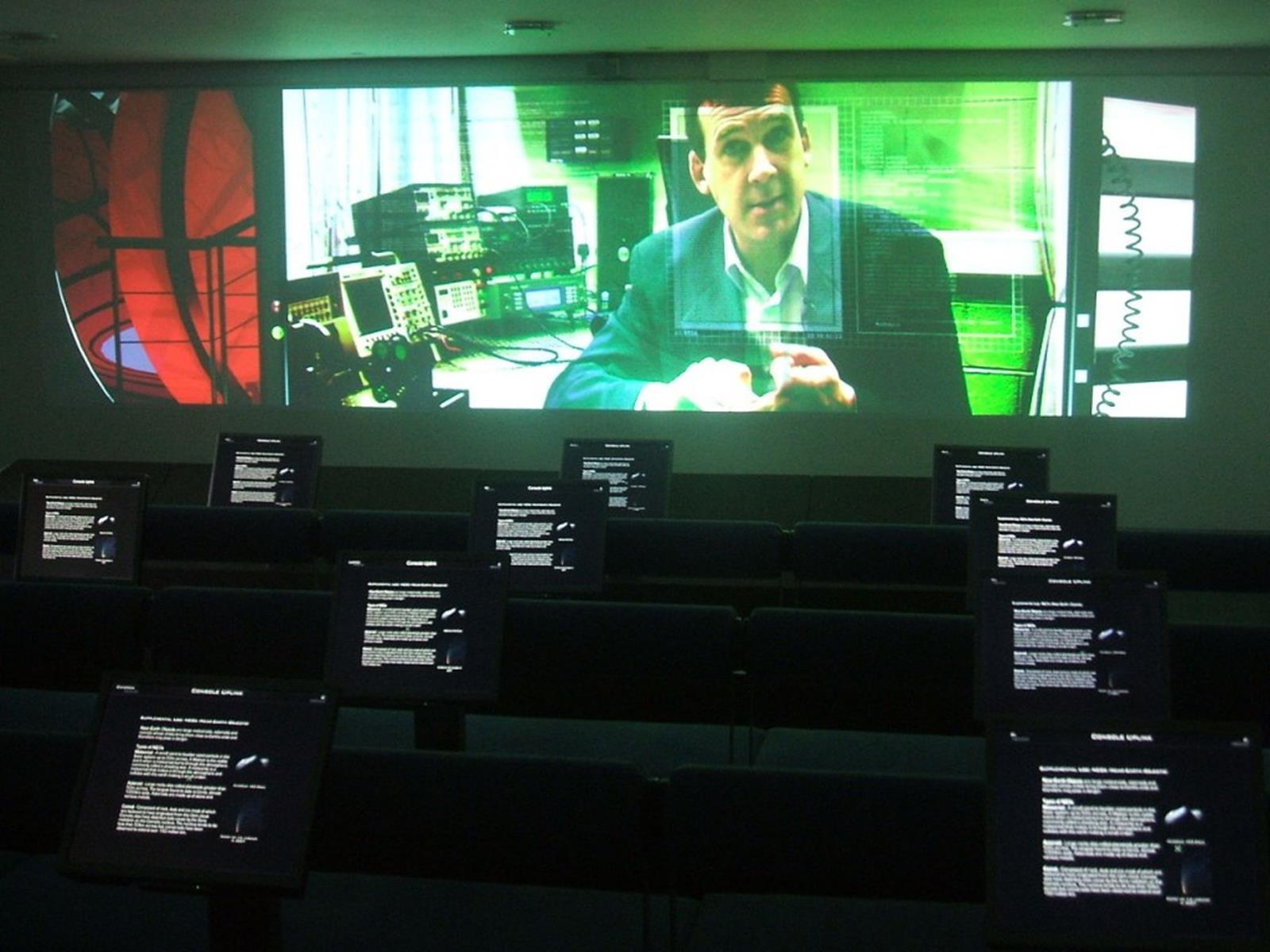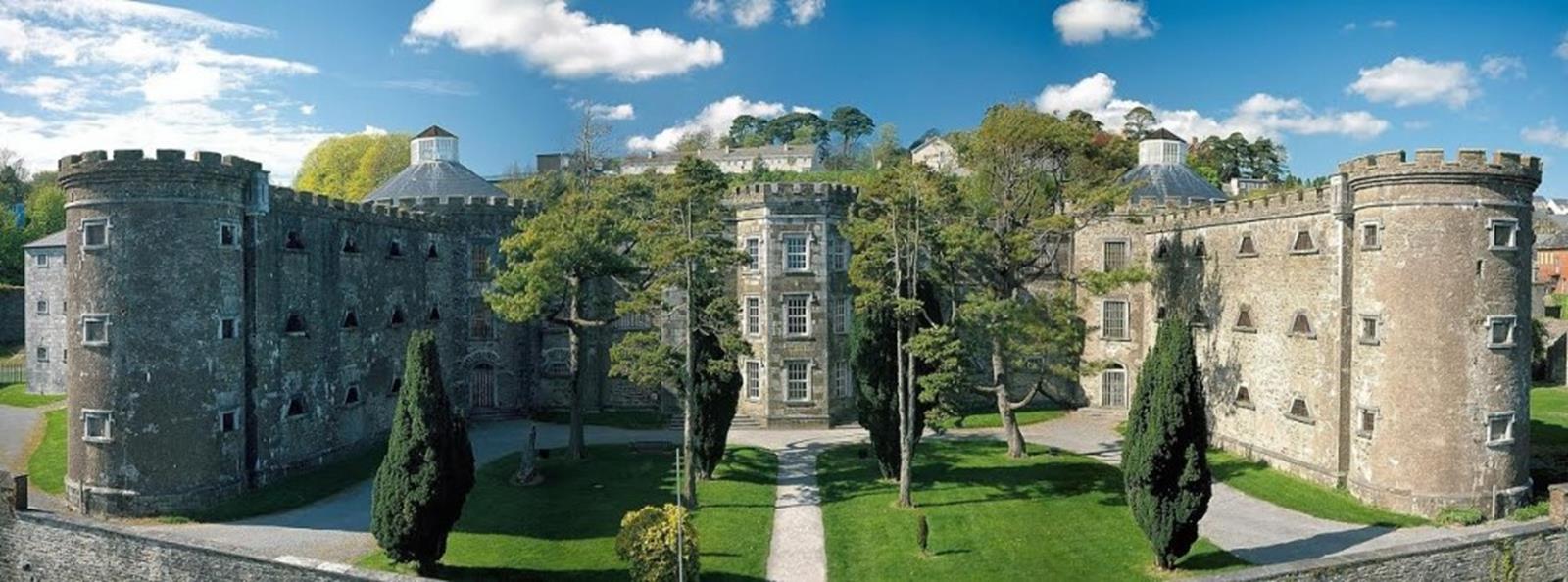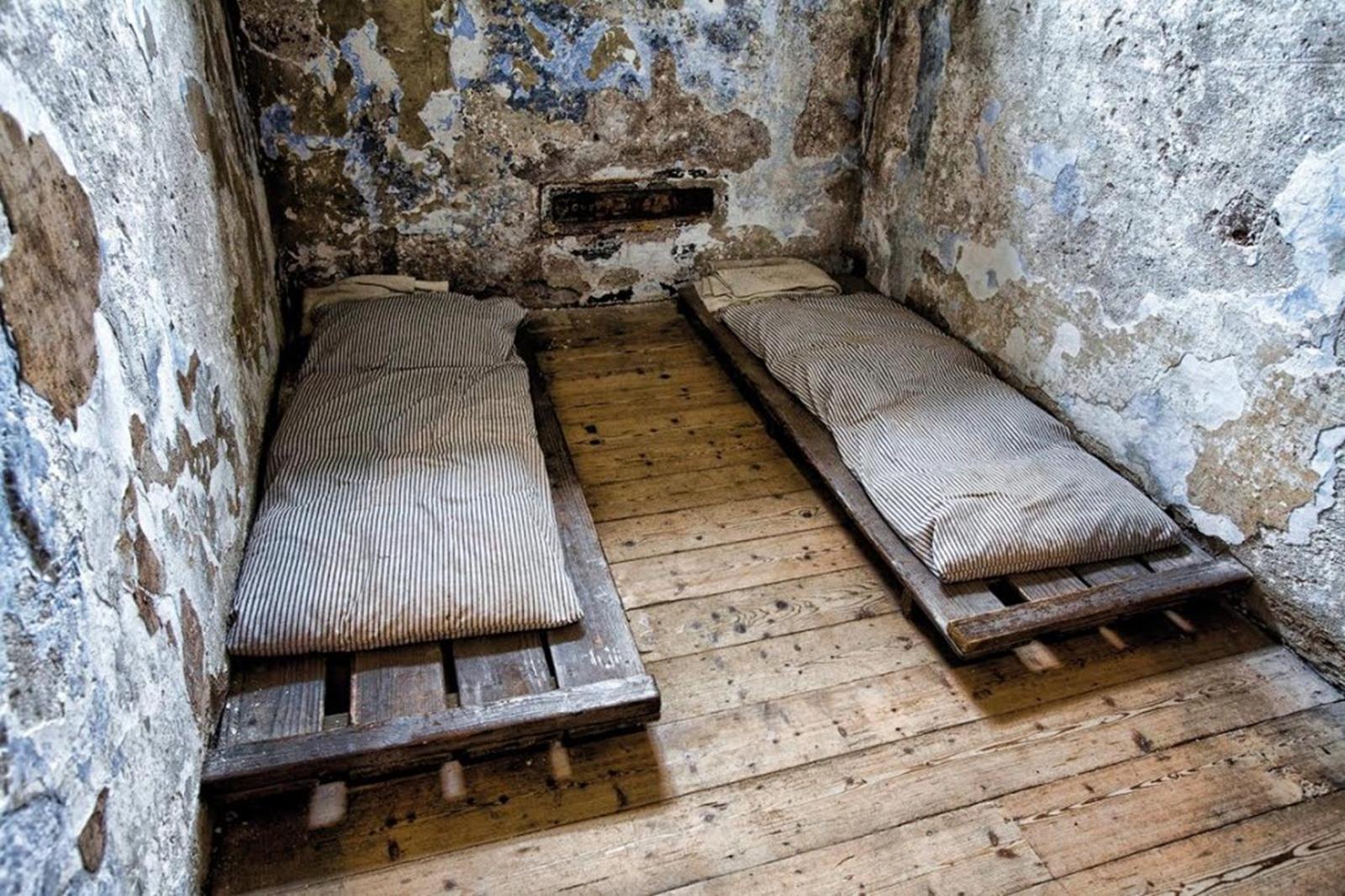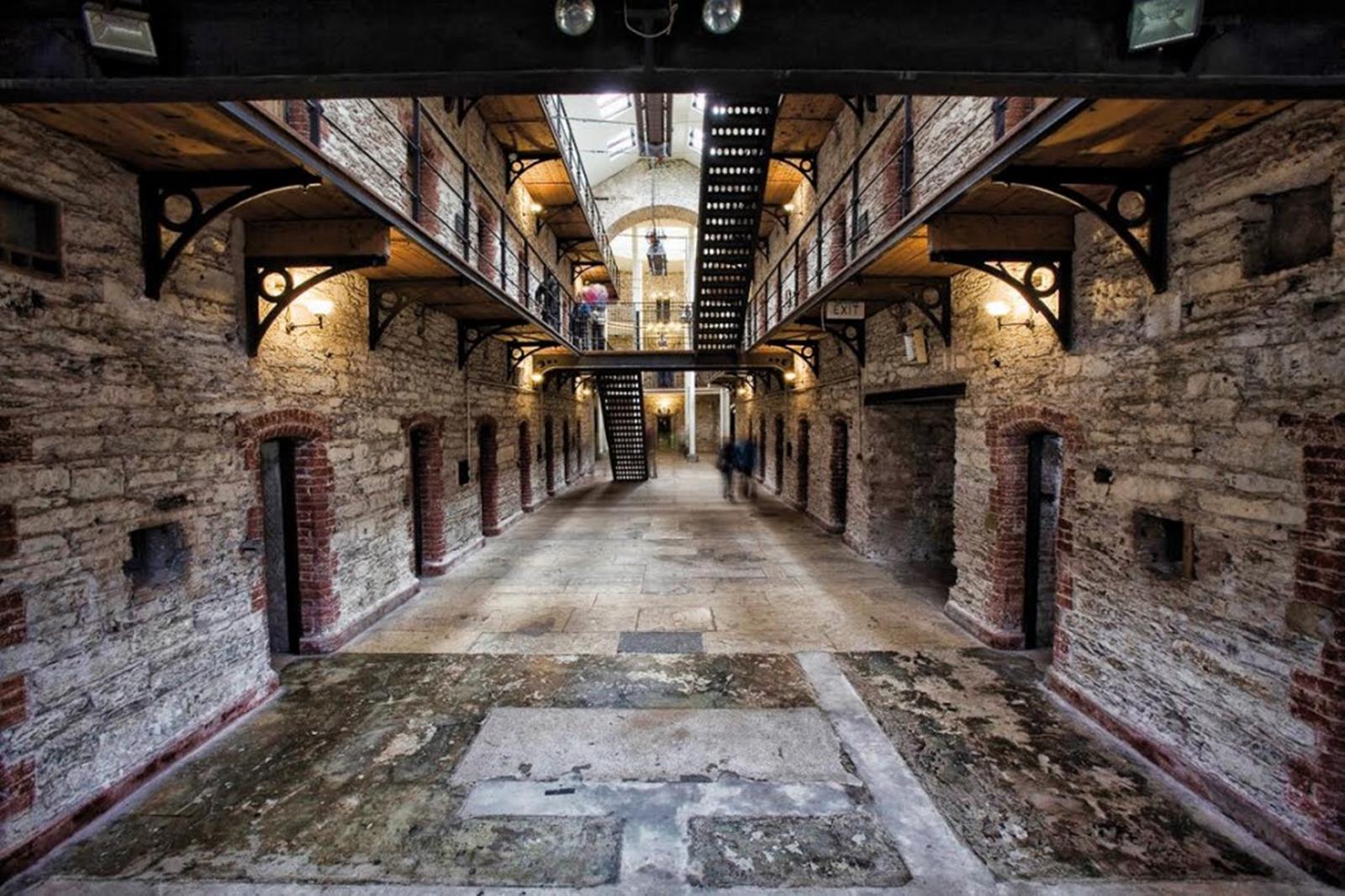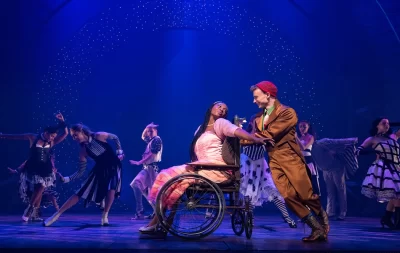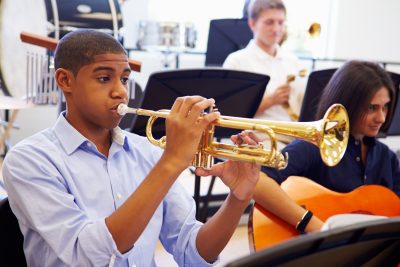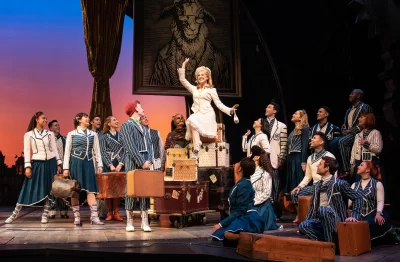While many working people never set foot in a castle back in the Middle Ages, there are over 30,000 lavish castles spread across Ireland, all offering a tale to tell. So how do you narrow down which ones are best for your student group? Look no further; these three distinct castles in Cork County are certainly more than what meets the eye.
Whether you are looking to teach your students about the rich history of Ireland, the devastation of the potato famine, how to protect the environment, explore the final frontier or just what a typical day in the life of a prisoner was like in the 1800s, these castles have something for every group.
Blarney Castle
We start out with possibly the best known, Blarney Castle, just a short distance from Cork City. More than 200,000 people have visited the castle including historical figures such as Winston Churchill and President Taft. So what exactly makes this castle so special and why do so many people flock to it?
Blarney Castle was built in the 11th century, making it one of the oldest in all of Ireland. It was rebuilt three times since, with the last renovation taking place in 1446 by the king of Munster, Cormac McCarthy.
Besides being an ancient wonder once inhabited by kings, what attracts people to Blarney Castle is mainly the Stone of Eloquence. More commonly known as the Blarney Stone, it has had millions of visitors, all looking for the gift of eloquent speech. There are many legends that surround this mythical stone. The one myth all people seem to agree on is that the stone was originally a gift from Robert the Bruce, King of Scotland as a sign of gratitude to the Irish for their support and defeat of the English at the battle of Bannockburn in 1314.
In addition, Queen Elizabeth I and McCarthy exchanged letters back and forth after McCarthy was supposed to surrender his land over to the queen as a sign of loyalty but artfully refused to do it with his skillful speech. Queen Elizabeth I is quoted as saying, “He is giving me more blarney,” hence the name of the stone ever since.
Today the myth still runs deep for people all over the world, as they come to visit the stone in hopes of never being lost for words again. However, kissing the stone is not as easy as you may think. In order to reach the stone you must climb to the top of the castle, lie on your back dangling over the edge of the castle only holding on to an iron rail and only then are you finally able to kiss the legendary slab. Assistance is strongly recommended when performing this task.
When done kissing the stone, take a tour through the many gardens that encompass the grounds of the castle. Meander through the wildflowers to the limestone cliff at Fern Garden while making your way to the Ice House and stand inside a Victorian refrigerator made completely out of stone. The Arboretum & Pinetum at Blarney Castle offers a variety of wildlife to discover along with woodland walks to the lake. Your students can see the waterfalls at Bog Garden, as well as learn about the importance of conservation at the new Irish Garden. At Poison Garden find a bit of danger hidden within the beauty, as many toxic plants grow here. Learn about their origins and how many were actually used as cures for common ailments long ago.
The gardens are available for the public all year round but are best in the spring, summer and fall, although the winter months do provide breathtaking landscapes. Altogether there are 60 acres of gardens, arboretums, waterways and avenues surrounding the castle.
The often forgotten Rock Close is landscaped around timeless features from the 18th century. Strap on your hiking boots to make your way through the moss-covered rocks to stand on a naturally formed terrace over the river. From there be sure to make your way to the wishing steps. Take a leap of faith to see how truly magically this place is and see if your wish comes true.
Blackrock Castle
Although Blackrock Castle is a castle on the outside, on the inside it takes you on a journey that is literally out of this world.
Blackrock Castle was built in 1582 by the citizens of Cork for protection from pirates and other raiders. Today it has been turned into the CIT Blackrock Castle Observatory. The observatory houses a Cork Institute of Technology research facility, a restaurant and bar, and an award-winning science exhibit. The observatory caters to primary, secondary and tertiary levels of education, making this the perfect spot for any student trip interested in learning more about our solar system.
There is plenty for your students to discover at the castle. Cosmos at the Castle is an exhibit that highlights recent discoveries of extreme life forms here on Earth. Have students send a message into space at the Pan Galactic Station; watching its journey through the galaxy makes for truly a unique experience. The Comet Chaser, Ireland’s first interactive theater, gives students the chance to save the planet. Consider booking a tailored workshop for your class while at the observatory.
The facility also offers Castle and Dungeon Tours where groups get to tour the castle towers, the dungeon and a national monument within the grounds. While at the castle, be sure not to miss the many visiting exhibits from artists who display their scientific or astronomical works in the observatory.
Cork City Gaol Museum Heritage Center
Looking like a castle from the outside, this structure typifies the old cliché of never judging a book by its cover. This “castle” once housed 19th century prisoners in the heart of Cork city. At this museum and heritage center, take your students on a journey into a day in the life of a prisoner from 1824-1923.
Shuffle through the wings of the jail and experience life-like wax figures in cells, some still with the original graffiti on the brick walls. Voiceovers offer the chance to not only see but hear the prisoners’ individual stories and how they ended up turning to a life of crime.
While touring the jail, students will learn how hard it was for families in Ireland once the potato famine hit. They will get to see the inhumane living conditions the prisoners endured while hearing about police corruption at the time, as bribes and disorderly conduct were often common. Discover the sad truth that police often associated being poor with being a criminal, as many people were faced with breaking the law or dying.
Through inmates’ stories hear how many stole bread or clothing just to keep their families alive during the famine, well aware of their fate if they were to be caught. Some thought going to the gaol was better than starving to death, as food and water would be provided for them in prison. The most extreme case was that of prisoner Mary Sullivan, who was sentenced to seven years for stealing calico.
These three castles offer unforgettable experiences for students of all ages. Young scholars will not only see the impressive designs of the castles but will enjoy plenty of other attractions in Cork, the city and the county.

